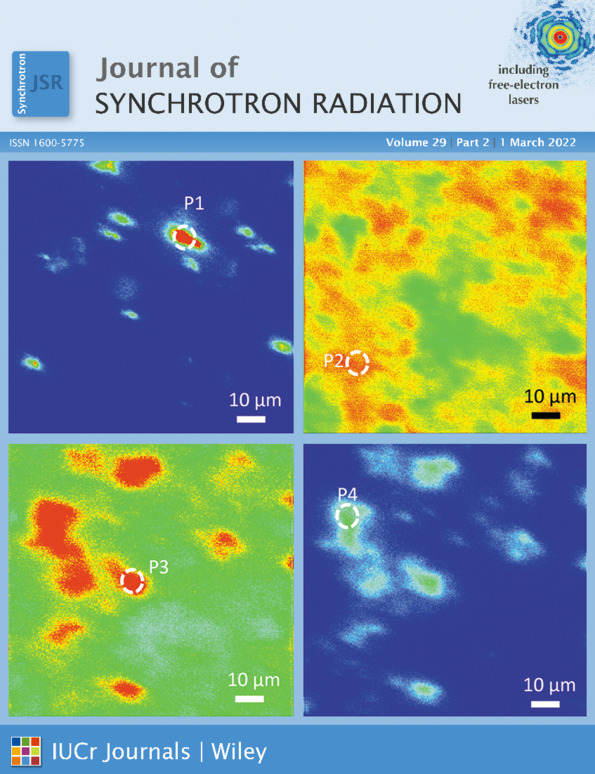Extreme conditions research using the large-volume press at the P61B endstation, PETRA III
Abstract
Penetrating, high-energy synchrotron X-rays are in strong demand, particularly for high-pressure research in physics, chemistry and geosciences, and for materials engineering research under less extreme conditions. A new high-energy wiggler beamline P61 has been constructed to meet this need at PETRA III in Hamburg, Germany. The first part of the paper offers an overview of the beamline front-end components and beam characteristics. The second part describes the performance of the instrumentation and the latest developments at the P61B endstation. Particular attention is given to the unprecedented high-energy photon flux delivered by the ten wigglers of the PETRA III storage ring and the challenges faced in harnessing this amount of flux and heat load in the beam. Furthermore, the distinctiveness of the world's first six-ram Hall-type large-volume press, Aster-15, at a synchrotron facility is described for research with synchrotron X-rays. Additionally, detection schemes, experimental strategies and preliminary data acquired using energy-dispersive X-ray diffraction and radiography techniques are presented.




